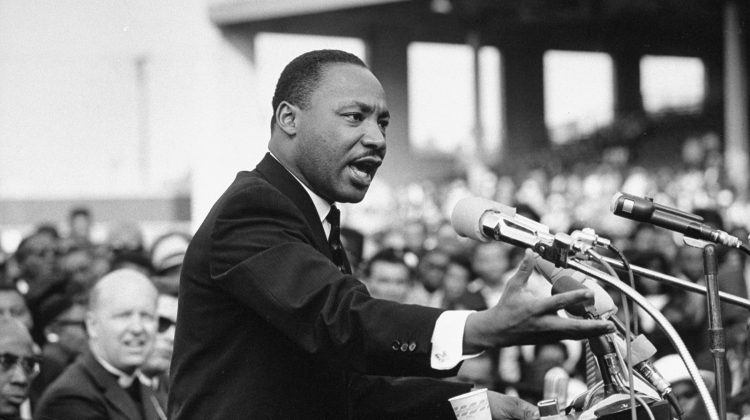
Here is a collection of some of Dr. King’s most quoted and influential quotes along with images we’ve paired with them. Feel free to share and download them.
We only ask that you link back to this page if you’re posting it on a website.
Table Of Contents
MLK Quotes About Love
“Darkness cannot drive out darkness; only light can do that. Hate cannot drive out hate; only love can do that.”
“I have decided to stick with love. Hate is too great a burden to bear.”

“Love is the only force capable of transforming an enemy into friend.”
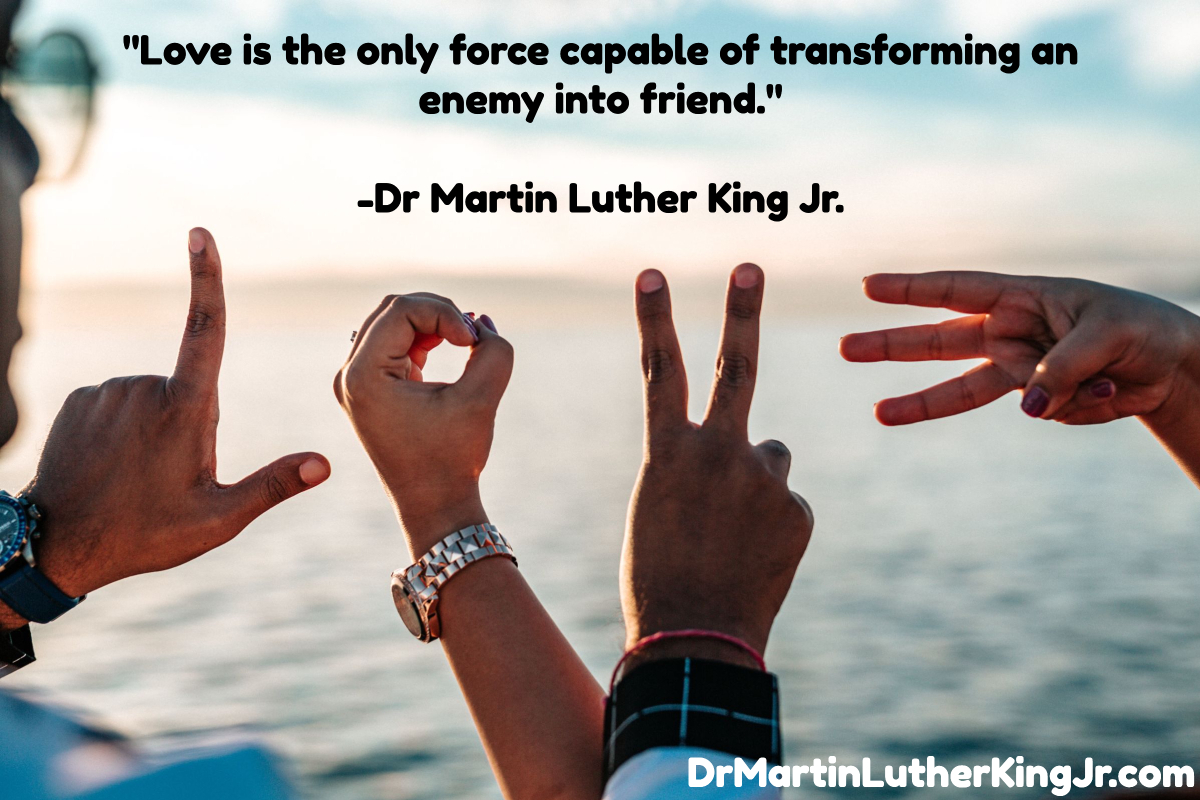
Inspirational Martin Luther King Jr. Quotes
“The time is always right to do what is right.”
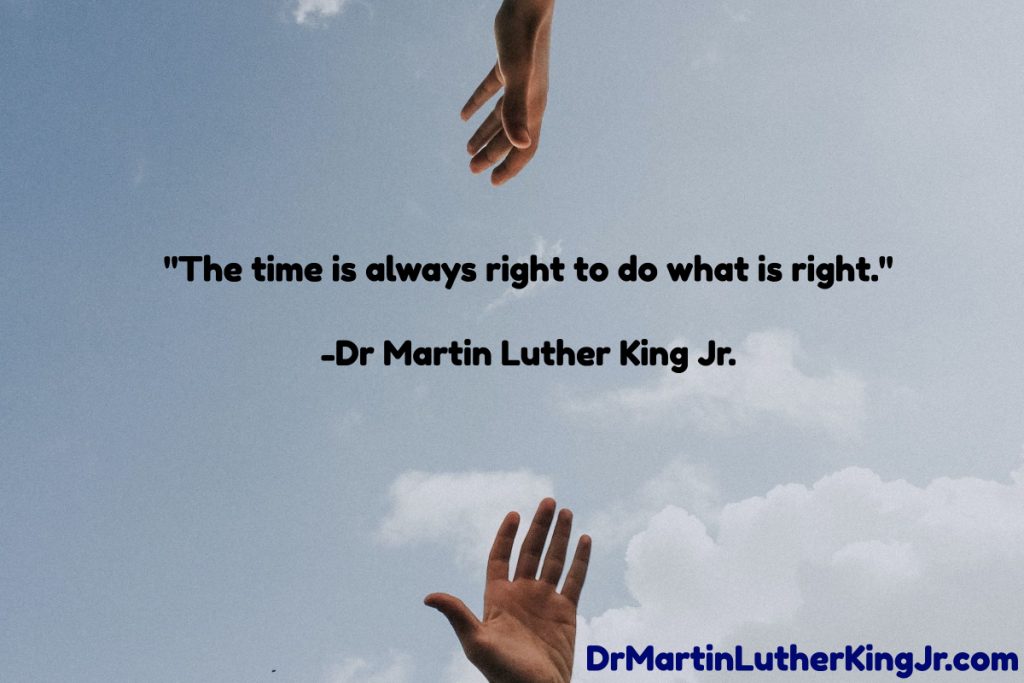
“Only when it is dark enough can you see the stars.”
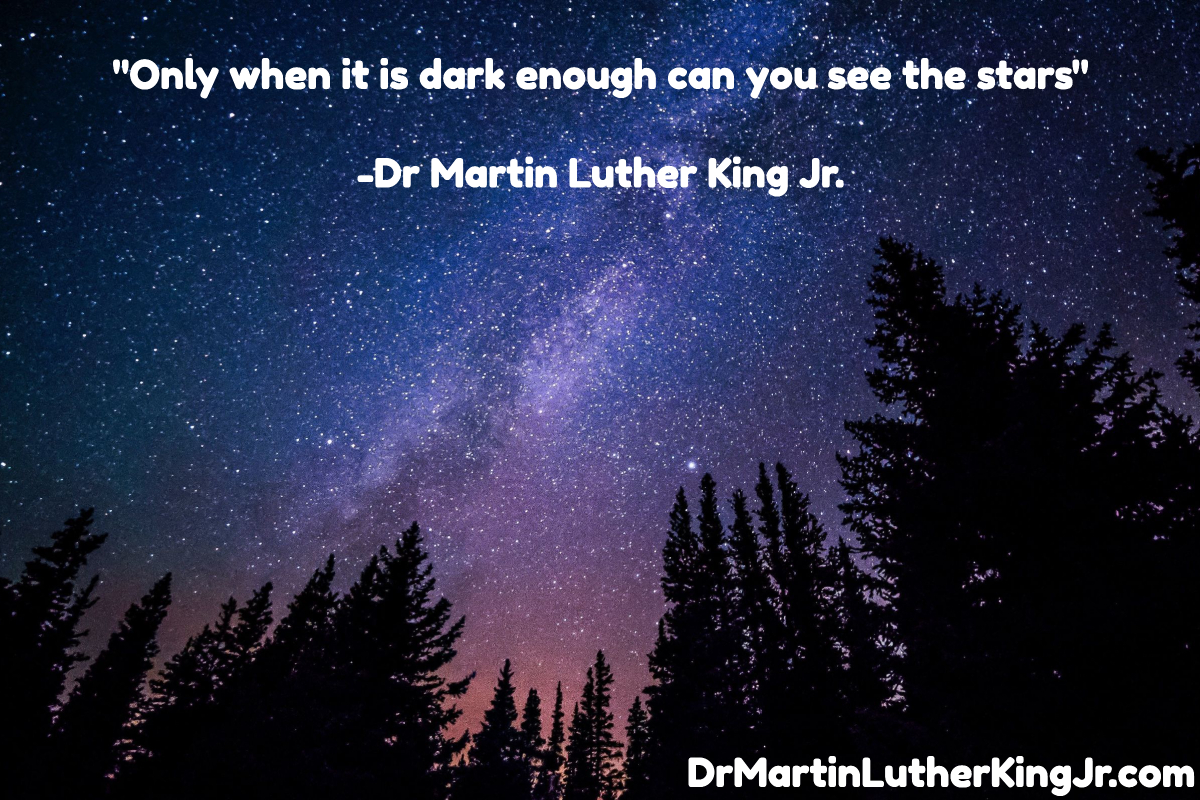
“You can kill the dreamer, but you can’t kill the dream.“
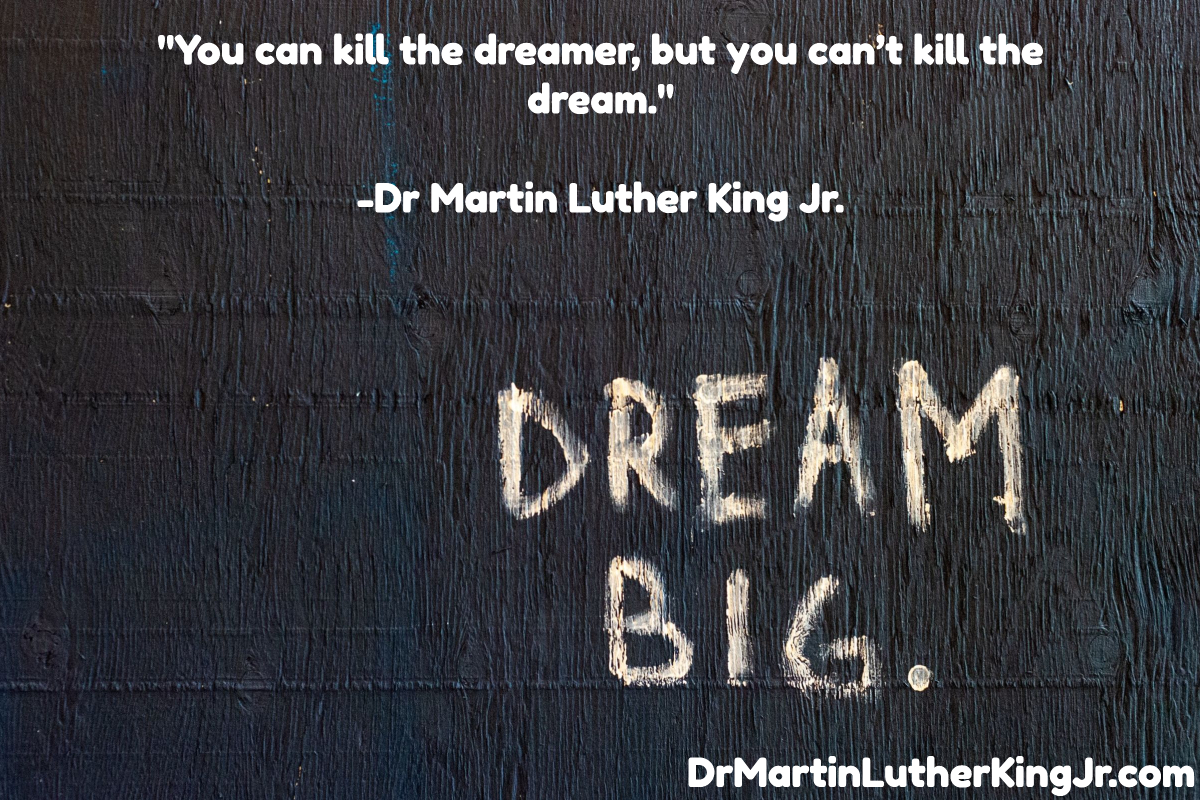
“In the end, we will remember not the words of our enemies, but the silence of our friends.”
“Every man must decide whether he will walk in the light of creative altruism or in the darkness of destructive selfishness.”
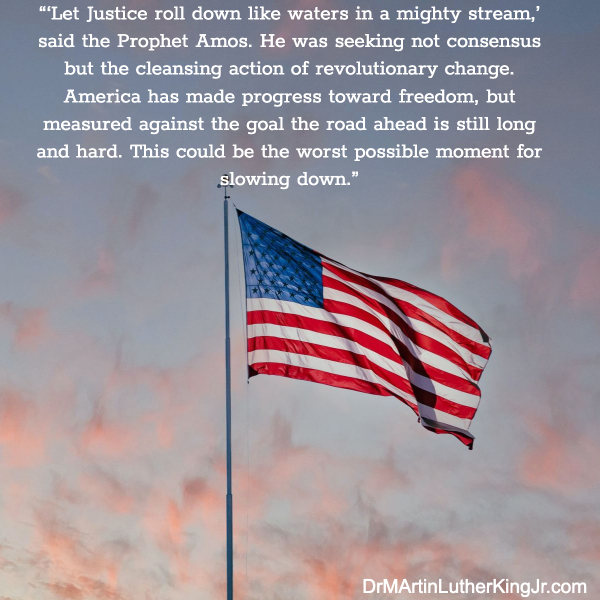
“Let Justice roll down like waters in a mighty stream,’ said the Prophet Amos. He was seeking not consensus but the cleansing action of revolutionary change. America has made progress toward freedom, but measured against the goal the road ahead is still long and hard. This could be the worst possible moment for slowing down.””

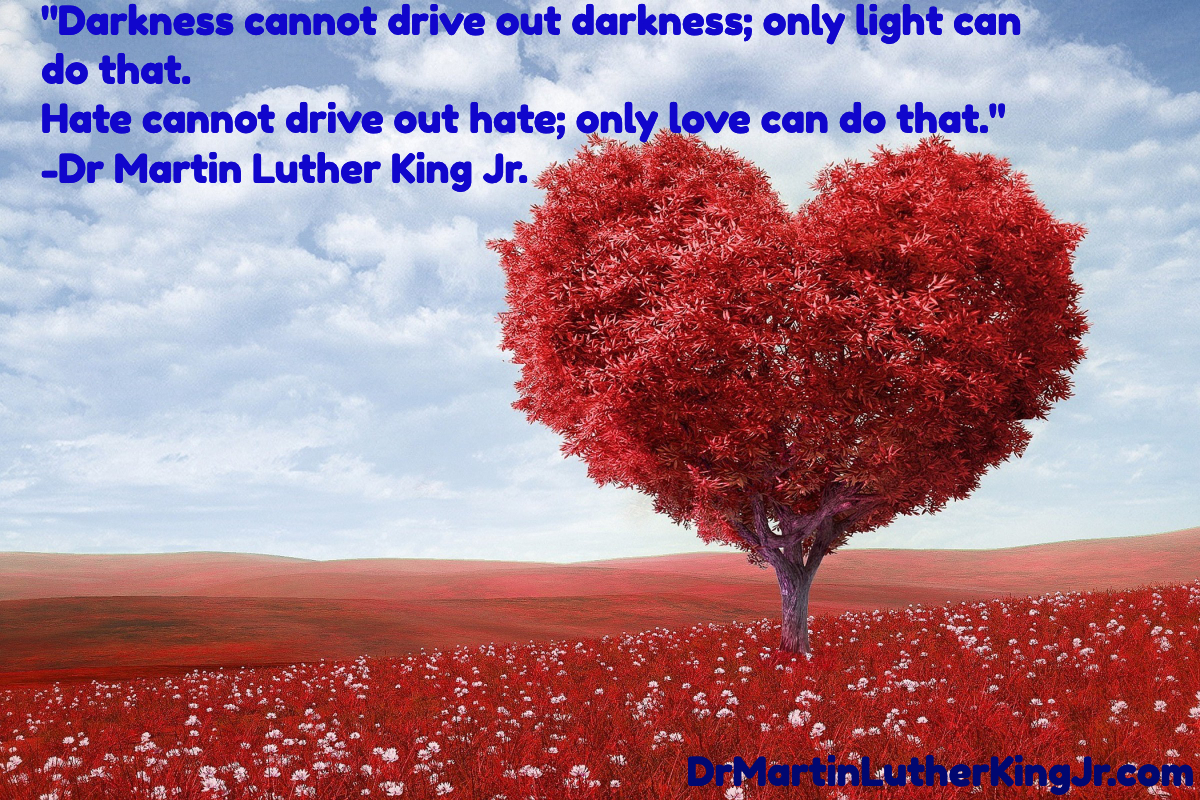
Though you are dead you can still touch my heart /aka thoughs quots were buitiful